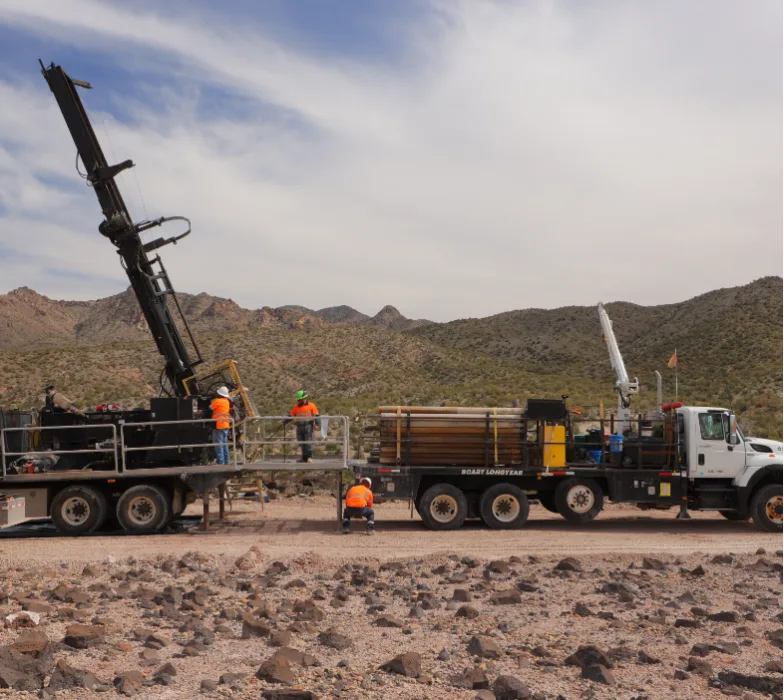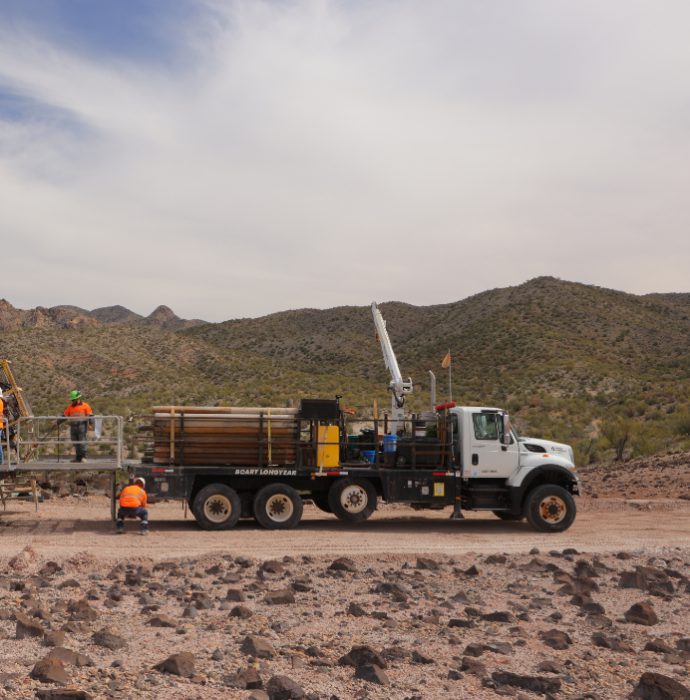
Zenolith USA
Why explore for lithium in the United States?
The United States has among the strongest environmental and labor protections, as well as an ample supply of lithium. We believe that we can play a role in not only meeting the domestic demand for lithium, but also contributing to the U.S. becoming a net exporter.

Why do we need to mine lithium?
Basically, any modern electronic device you use that uses a battery needs lithium. Whether you’re flying a drone, using a smart phone, or browsing this website on your laptop, to keep your devices powered up, you need an abundant supply of lithium.
Lithium;
What does it do..?
Lithium is a reactive alkali element that is great for conducting and storing electricity. It’s also used in pharmaceuticals and glass. It is hard to imagine a modern day without it. While lithium is abundant in nature, it is typically found with other elements and compounds, such as salt. It is typically found in underground deposits of clay or in brine. Lithium can also be found in seawater.
Our values 4
Create a culture of respect and accountability for our management and workforce.
1/4

Our values 3
Our mission is to obtain and maintain social license to operate with our host communities and neighbors.
2/4

Our values 2
Proper environmental and resource stewardship is at our core – it is both a moral and commercial imperative.
3/4

Our values 1
We work hard to leave the sites we explore in as good, if not better than we found them
4/4

Frequently asked questions
What is lithium?
Lithium is a water-soluble element with the atomic number of three. Its unique properties as an alkali element allow it to store and conduct electricity quite well. Lithium can be found on the top left of the periodic table. As the lightest metal known to man, its uses are numerous and demand is on the rise. Lithium is an essential element to make batteries, aircraft, cars, cell phones, and laptops – just to name a few. It can also be a key element in treating mental health, such as bipolar disorder. The name lithium originates from the Greek term, “lithos” which means “stone.” The element was discovered in the 1790s and recognized for its unique properties. It wasn’t until 1855 that scientists (Augustus Mattheissen and Robert Bunsen – yes, he’s the “Bunsen” in Bunsen burners) were able to understand the conductive properties of the element. From then on, lithium’s use for conducting and storing electricity has been on the rise.What is lithium used for?
According to the USGS, in 2021, lithium use and distribution is as follows: batteries, 74%; ceramics and glass, 14%; lubricating greases, 3%; continuous casting mold flux powders, 2%; polymer production, 2%; air treatment, 1%; and other uses, 4%. As the use of rechargeable lithium-Ion batteries in portable electronic devices has increased, batteries’ share of the lithium market has amplified nearly three times over from 27% in 2011.Where do you find lithium?
Lithium is not found on its own in nature. It is mixed in with other elements throughout the earth’s crust and seawater. We see it in larger, more useful quantities within pegmatite rock, brine waters, and clays. Zenolith is exploring on lands containing all three of these forms of lithium. How do you get lithium out of the rock? There are a variety of methods used to extract Lithium from the elements surrounding it, including electrolysis, evaporation pools, and a solution treatment. The final products of these processes are lithium carbonate, lithium chloride, or lithium hydroxide. Zenolith is devoting resources into testing both new and old lithium extraction methods in order to select the ones that reduce the amount of water, power, and the footprint of the operation, while also considering the wellbeing of the surrounding environment and community.Is exploration mining? Are you mining?
No. Exploration is the first step in determining if an area has the geological potential to develop. There are a number of factors that contribute to whether or not a deposit can be mined. Those include: concentration or grade of the deposit, access to infrastructure (such as power, water, and workforce), community factors, and geotechnical aspects, among many other considerations.Do you sell lithium?
Not at the moment as we are exploring.How can you tell if a resource is economic or not for mining?
There are a number of factors that contribute to whether or not a deposit can be mined. Those include: concentration or grade of the deposit, access to infrastructure (such as power, water, and workforce), and geotechnical aspects, among many other factors.What are the environmental impacts of what you're doing? How do you minimize those impacts?
Exploration is very light impact work, similar to drilling a water well. Our worksites are reclaimed to the same (or in some cases, a better) condition than we found them. We take every step to preserve and coincide with the natural environment, including reducing our water consumption to only what is absolutely necessary.What exactly do you do for work?
Exploration work is a complex scavenger hunt. As geologists, we are given clues by the natural environment that we use to determine where deposits might exist. Our work takes us to almost every corner of the planet trying to find the building blocks for modern life.Any questions?

We’ve got you covered
We’re here to answer any questions you might have. Give our community hotline a call at 928-662-9699
or drop us an email at:
community@braddaheadltd.com




